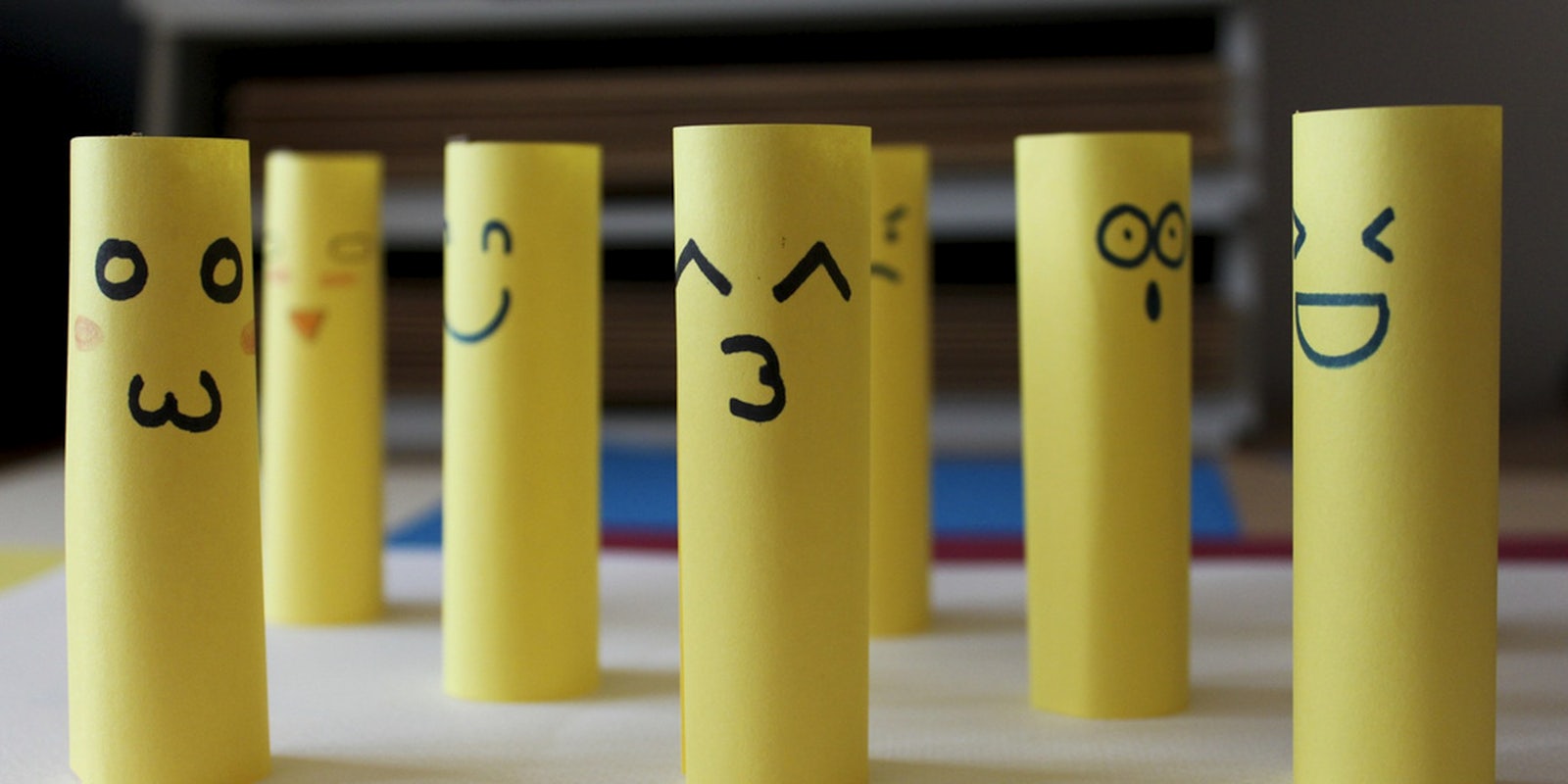The Internet sucks for communicating. Words aren’t supposed to just be tossed out as plaintext, all alone and completely undressed. When we speak, they’re accompanied by context: volume, tonal changes, and the 43 muscles on your face that quiver and jump and strain to add layers of meaning.
That’s why anyone really fluent in Internet chat is also a master of emoticons. Don’t believe me? Just ask science.
According to new research from an Australian research team, humans react the same way to emoticons as they do to faces. Dr. Owen Churches of Flinders University in Australia presented subjects with images of human faces, emoticons, and text strings. Churches and his team found that the occipitotemporal cortex had the same response when subjects looked at both human faces and emoticons, but differently when looking at the text string.
There’s one small caveat, however: This only works when the emotions are “canonically oriented,”—in other words, typed left to right. So if you wink at me like this (-; you may as well be typing Greek. I mean, it kind of makes sense: It’s not like upside-down faces look remotely human, either.


